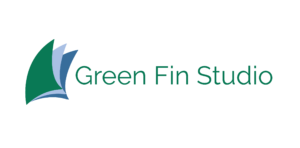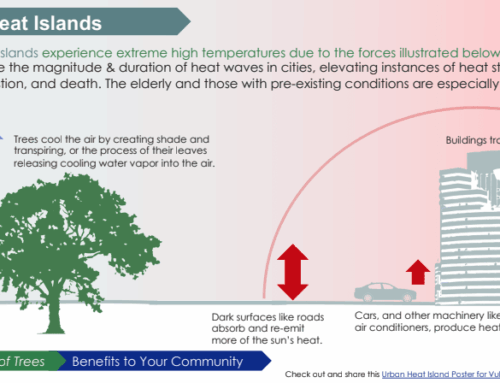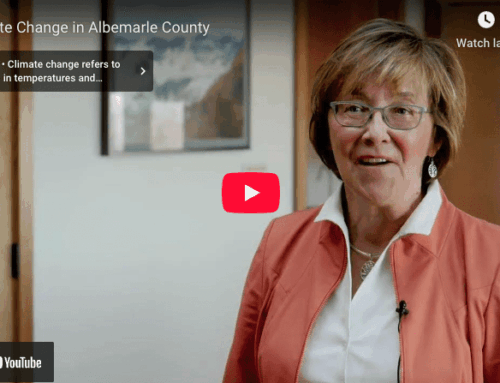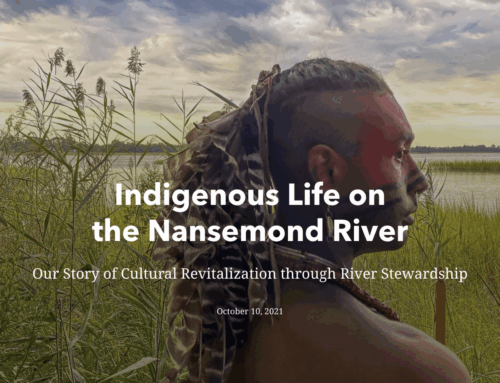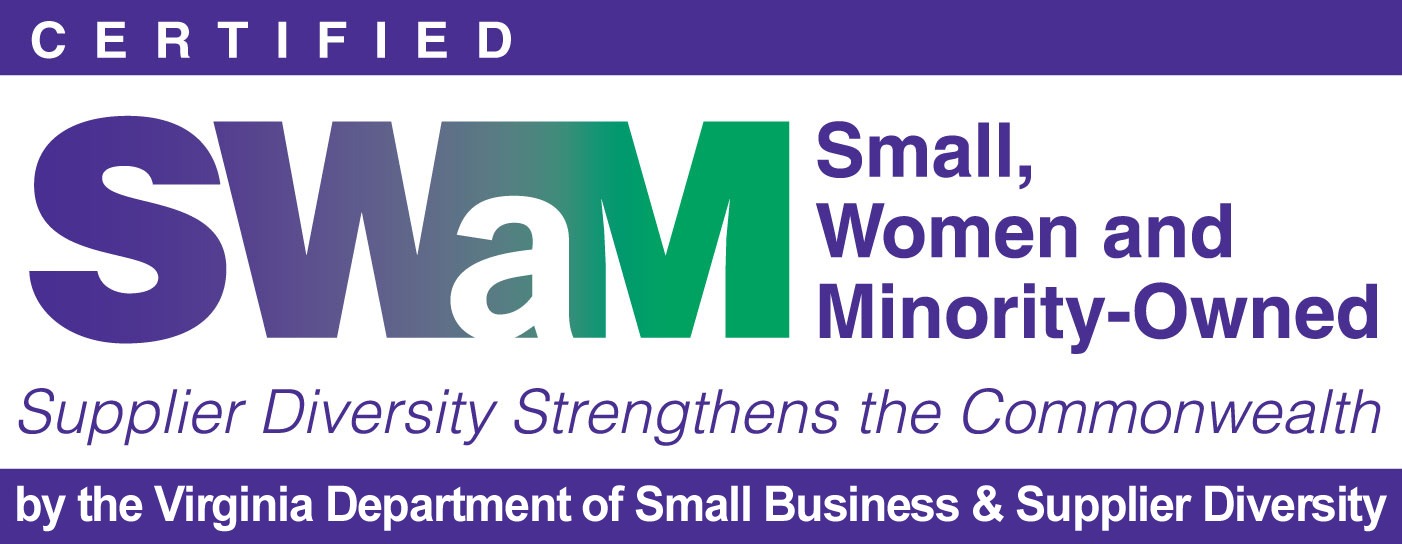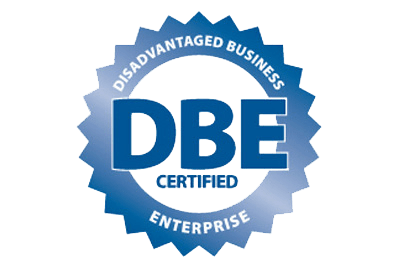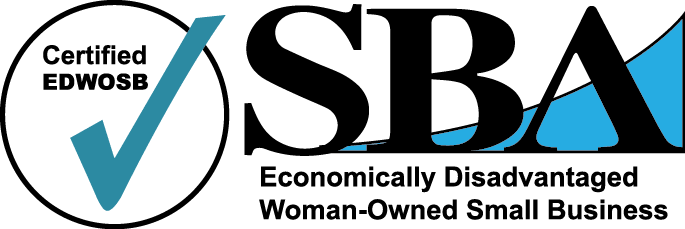You’ve probably heard it a million times – one of the tenets of good communication is “know your audience”. While this is sage advice for any communicator, it gives no context on how to accomplish the task. You may even think you know your audience, but if you haven’t talked to them and explored their views and values, you might be making incorrect assumptions.
Stakeholder interviews are a useful tool for gathering information. Ideally, you would start an outreach project or strategic communication plan with stakeholder interviews to check your assumptions and gain additional insight. Sometimes, what you find during stakeholder interviews comes as a surprise and causes the project to change course, ultimately leading to a more effective campaign and better results.
At Green Fin Studio, we have implemented stakeholder interviews for a number of purposes, like gathering information about the state of the science from experts in the field, understanding the needs and concerns of an audience group, gauging reactions to a topic or proposed action, and making connections within the community. Read on for more information and examples of how you might be able to use stakeholder interviews to improve your communications.
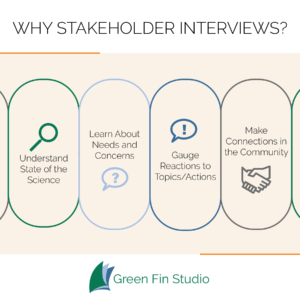
1. Understand the State of the Science
Literature reviews are great and can give you a lot of insight on a topic. However, sometimes what is published and available without a paywall is not exactly the most current set of best practices that are actually being used on the ground. It can be helpful to sit down with scientists and restoration practitioners to learn more about their practical experiences and insights.
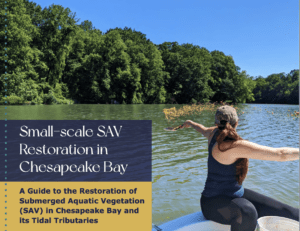
2. Learn About Needs and Concerns
It is important to include your community or audience in the ideation process to come up with an effective communication strategy. If you develop an idea internally based on your own perceptions of what is needed, it may be off base from what the stakeholders actually experience, want, or need. Setting aside time to listen to their concerns and tailoring your outreach to those needs will set you up for success.
We work closely with the James Riparian Consortium for a number of projects, including the recent development of an outreach toolkit. The goal of the Consortium is to get more forest buffers along the banks of the upper and middle James River. Originally, we were hired to help them accomplish this goal by equipping the practitioners with an outreach strategy to help them identify and engage with landowners who might install a buffer. Through interviews with practitioners, we learned that they knew of many landowners who they could engage with about buffers; what they needed were supplemental tools like visual aids to help landowners understand the shortterm and longterm variables on installing a buffer. We changed course and created a series of infographics, an FAQ document, and a slidedeck that practitioners could use when speaking with landowners. The toolkit has been widely used, including by partners that were not a part of the original interviews.

3. Gauge Reactions to Topics or Proposed Actions
Some environmental topics are inherently tricky, especially those that have been politicized. It can be useful in framing information for outreach to know how your target audience responds to a topic, like climate change, or a proposed action, like stream restoration in their neighborhood. Gathering preliminary information on how stakeholders react allows you to understand how different groups respond to messages you’ve designed and how to make adjustments based on differences in peoples’ values, beliefs, and experiences.
Managing fisheries is a tricky job – many livelihoods and ecological stability depend on taking the correct approach. Ecosystem-based fishery management (EBFM) is when fishery stocks are not managed by individual species, but rather as a whole system. The New England Fishery Management Council found that there was a lot of mistrust and misinformation around EBFM and sought to provide clarifying information to its stakeholders. Green Fin Studio conducted 60 interviews to better understand what stakeholders thought EBFM would mean for them and the fishery. Based on our new understanding of how stakeholders were reacting to a switch to EBFM, we were able to create tailored communication and outreach products for commercial fishermen, seafood processors, environmental groups, fisheries managers, and the general public.

4. Make Connections in the Community
Sometimes gathering information is a secondary benefit to stakeholder interviews. Just reaching out and making time to listen to members of your community can mean a lot to them. Investing in these relationships can be invaluable in creating allies and trusted messengers who will share your information in the community.

All in all, Green Fin Studio’s founders summarized the value of stakeholder interviews well in their book, Speaking of the Environment:
“The key is to look for mutually beneficial outcomes, whether they are in the short-term or long-term. Taking the time to dig into what they believe and value almost always sheds light on possible ways forward that will help you be more successful.”
Looking to start a communications or marketing project off right with stakeholder interviews? We’d love to work with you. Contact us on our website or email hello@greenfinstudio.com to connect.
